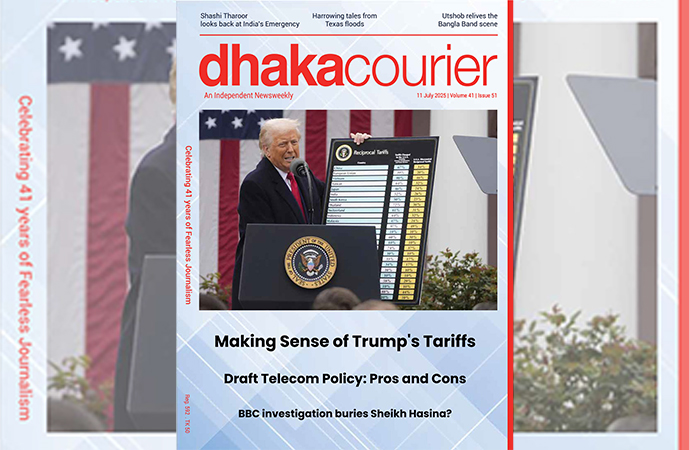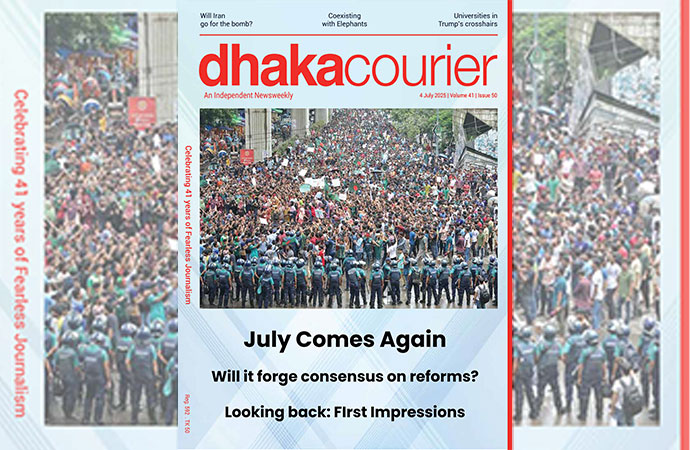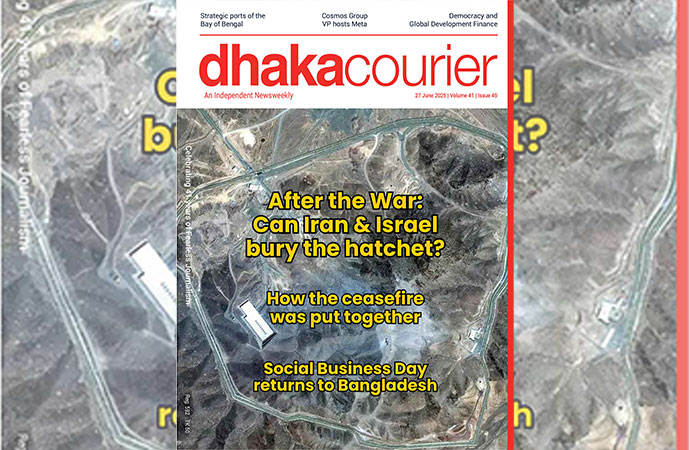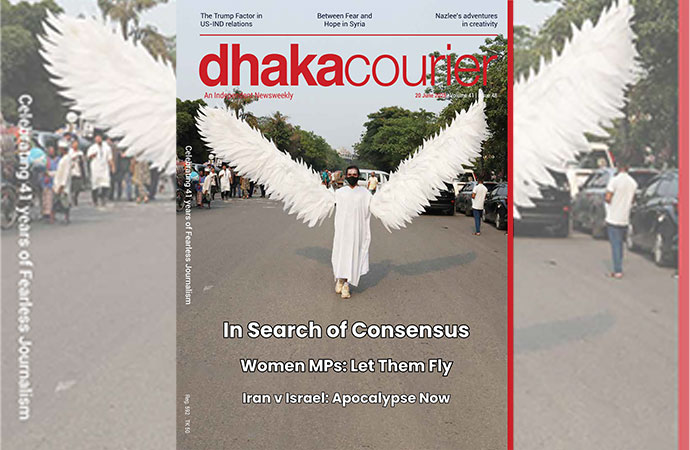Featured 1

In keeping with directives of the International Monetary Fund (IMF), Bangladesh Bank has begun calculating the country's foreign exchange reserves in line with standard international practices from the third week of July. The IMF had in fact been putting pressure on Bangladesh Bank in this regard for quite some time, but for reasons best known to itself, the central bank was not doing this. Once it came to light that it was allowing for an inflated reserve figure to be reported, they sought refuge in some redundant method called BPM5 that apparently allowed them to do this. But why wasn't BPM5 always the method chosen to calculate reserves in Bangladesh then? It was first released in 1993.
The discrepancy first came to light soon after August 2021, when Bangladesh Bank declared that the country's foreign exchange reserves had reached USD 48.06 billion, but the IMF did not accept this. They said that USD 7.5 billion in foreign currency loans to private companies from the reserves, the so-called Export Development Fund, would have to be subtracted from the declared reserves. The USD200 million that Bangladesh had loaned Sri Lanka, would also have to be deducted. Also to be deducted were the loans provided to some choice projects, including for dredging Payra Port's Bamnabad channel and for the procurement of aircraft by Bangladesh Biman.
It is extremely unfortunate that for almost two long years Bangladesh Bank and the country's top leadership paid no heed to IMF's words. Now that Bangladesh is taking a USD 4.7 billion loan from the IMF, Bangladesh Bank has been obliged to reveal the true number. But who will take responsibility for the irreparable damage done by this delay?
By following the redundant BPM5 method, they projected inflated foreign exchange reserves, based on which the government took several rash decisions over the past two years. The most damaging decision was to form the export development fund to provide export-oriented businesses with loans in foreign exchange. According to the economist Dr Mainul Islam, most of these loans have now become forced loans, that is, these loans will never come back to Bangladesh Bank in the form of foreign exchange. Even worse, most of these loans are now in default. That means, in other words, a large chunk of the reserves, much more than was stolen by the North Korean hackers in the infamous Bangladesh Bank heist of 2016, has been looted.
Countless media reports of 2020 and 2021 serve to illustrate how senior members of the government had repeatedly said that there was no logic in keeping a huge volume of foreign exchange in reserve. It was argued that very little interest was earned by letting it lie in the reserves. More interest could be earned by investing this in development projects and the government would also gain in capacity to take up more development projects. Now we are faced with a situation where in less than two years the reserve figure has more than halved to USD 23.45 billion. The trend is certainly alarming. Does the government have the wherewithal to arrest the slide? In light of some new realities, including in the all-important energy sector, it will be very difficult. And the government must be honest about that.

























Leave a Comment
Recent Posts
‘Married to Journalism’: Adieu ...
The journalist community of the country united this week in bidding go ...
Reimagining the OST: ‘Utshob’ ...
One of the most successful Bangladeshi films in recent years, 'Uts ...
Harrowing stories of rescue emerge from Texas floods ..
The Resilience of World Trade
Heeding the Lessons of India’s “Emergency”
Sunamganj’s age-old boat market struggles as monsoon ..